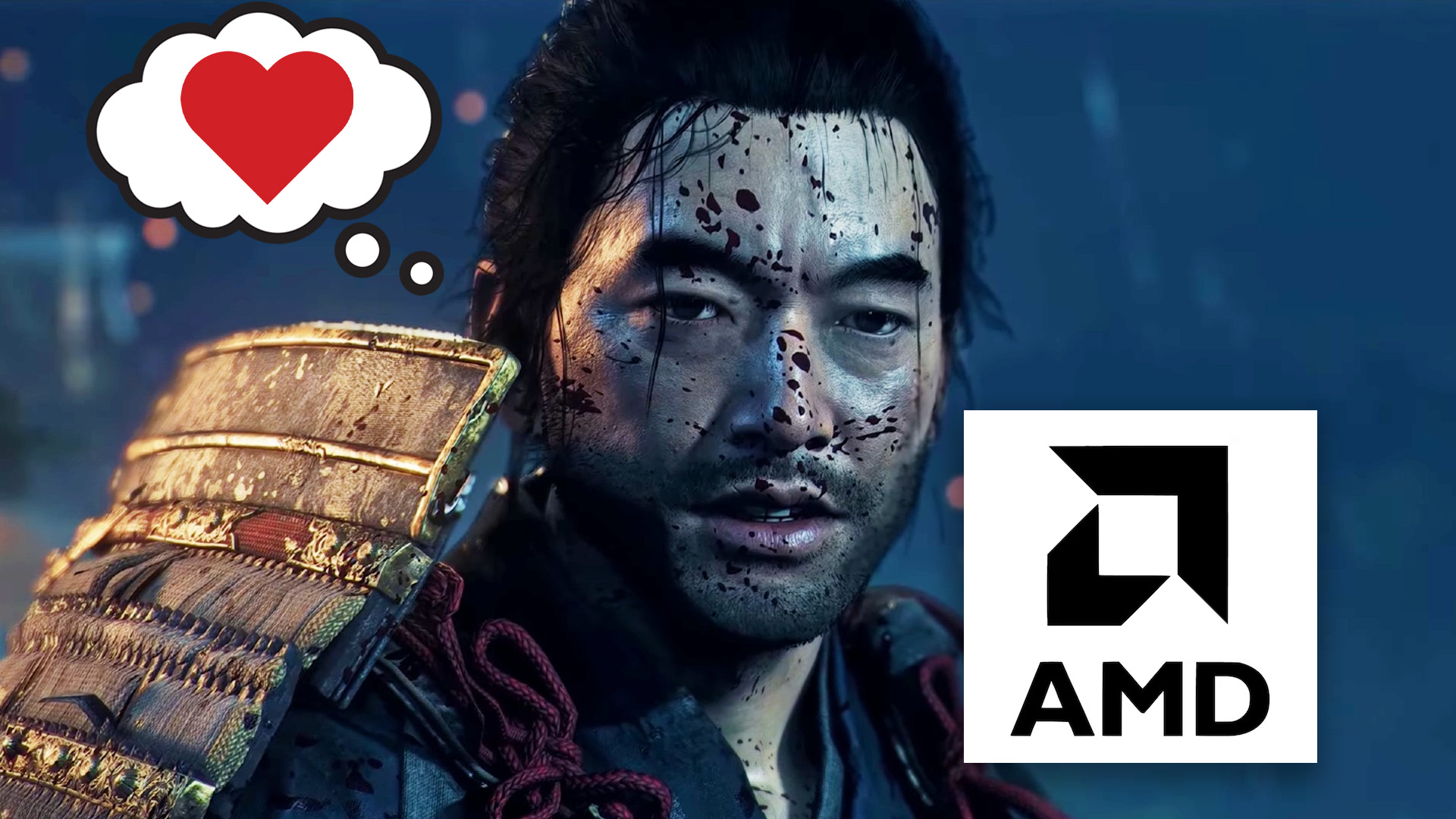AMD FSR 3.1 was announced all the way back in March, but it’s only now that we’ve seen some games implement the tech, with five titles from PlayStation specialist, Nixxes Software, incorporating the upscaling and frame generation feature, including Ghosts of Tsushima. FSR 3.1 is a big deal as it not only provides the massive performance-boosting ability of frame generation, but it also allows you to decouple frame gen from upscaling. That means you can use DLSS 2 upscaling, for instance, with AMD frame gen on your old RTX 2070 graphics card.
The new advancement in FSR is available to any modern graphics card, as AMD‘s tech isn’t locked to a specific vendor, unlike with Nvidia DLSS. That means any of the cards on our best graphics card guide can use it.
There are actually six games from Nixxes Software that have been announced as including the new FSR 3.1 feature, consisting of five currently available titles and one upcoming title, all of which are major releases. They are:
- Ghost of Tsushima Director’s Cut
- God of War Ragnarok (upcoming)
- Horizon Forbidden West Complete Edition
- Marvel’s Spider-Man: Miles Morales
- Marvel’s Spider-Man Remastered
- Ratchet & Clank: Rift Apart
AMD describes the improvements with FSR 3.1 in its official announcement as including better temporal stability (i.e. previous frame comparison to generate the upscaled image), which reduces flickering and shimmering, as well as improved ghosting reduction and detail preservation for the upscaling portion of the tech. That’s the bit that means you can run the game at a lower resolution and stretch the image out to fit your screen’s resolution – it’s AMD’s equivalent of DLSS 2. You can see the image quality improvements compared to FSR 2.2 in the video below.

As for frame generation, that’s where the game entirely generates new frames in between normally rendered frames. It can greatly help smooth out the feel of a game, even if technically the frames are totally made up. This part is equivalent to DLSS 3.0, which is normally only available on Nvidia RTX 4000-series GPUs, but FSR 3.1 frame generation can be used on any recent AMD, Intel, and Nvidia card.
As for the improvements with frame generation, the key aspect is that it has now been decoupled from the upscaling, so you can choose to have one without the other, or mix and match with other upscaling techniques.
The full list of AMD FSR 3.1 improvements and new features is listed below:
Upscaling image quality improvements:
- Improved temporal stability, reducing flickering and shimmering.
- Enhanced ghosting reduction and better detail preservation.
Enhanced frame generation:
- Decoupled frame generation technology that works seamlessly with other upscaling solutions.
Upgradable FSR API:
- Simplified upgrades for developers to future versions of FSR.
Developer Support:
- Added support for Vulkan and Xbox Game Development Kit (GDK).
AMD has also announced that there are now 60 games that support AMD FSR 3.0, which is the original implementation of its frame generation tech that isn’t decoupled from upscaling. The likes of Dragon’s Dogma 2, Pax Dei, Senua’s Saga: Hellblade II, Still Wakes the Deep, and The Thaumaturge all include it. Meanwhile, upcoming titles such as Concord, Dungeon Stalkers, Farming Simulator 25, Nobody Wants to Die, and The First Descendant will also be getting the tech.
You can find AMD’s official list of FSR-supporting titles here, or for a more convenient list that includes AMD FSR, Nvidia DLSS, and Intel XeSS support, you can check out this link.
Meanwhile, for a more thorough explanation of all this upscaling and frame generation stuff, you can check out our AMD FSR and Nvidia DLSS guides.

